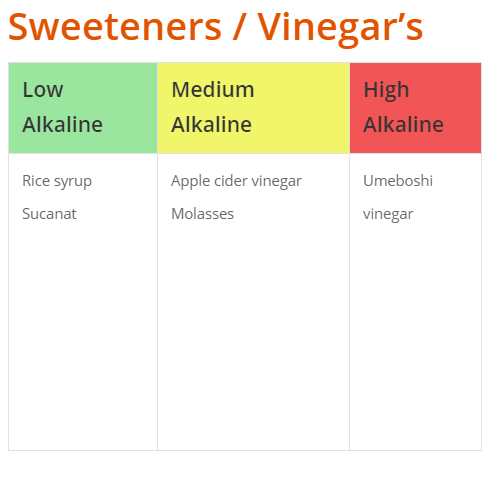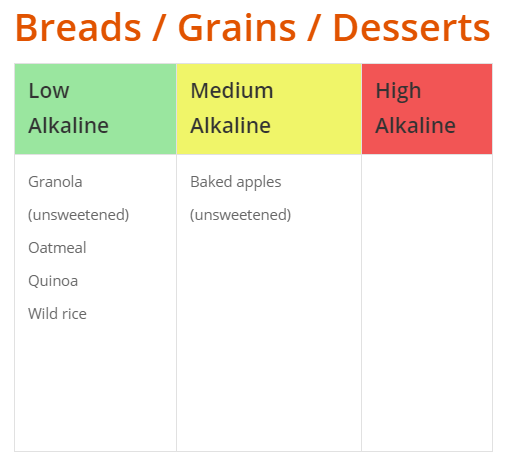“The doctor of the future will no longer treat the human frame with drugs, but rather will cure and prevent disease with nutrition.”
– Thomas Edison
While for years doctors have been recommending dietary calcium as the best way to ward off osteoporosis, / osteopenia many studies cast doubt on this idea. For example, a 2003 Harvard study looked at diet and hip fractures among 72,337 older women for eighteen years and concluded that “neither milk nor a high calcium diet appears to reduce (fracture) risk.” A more recent Harvard study, this one from 2007, analyzed years and found no association between total calcium intake and hip fracture risk.
The truth is that calcium isn’t all is it’s cracked up to be when it comes to bone health. After all, in Africa and Asia, where people generally don’t take calcium supplements and after infancy consume little or no dairy, fracture rates are 50 to 70 percent lower than they are in the United States. Statistics show that most industrially advanced countries have the highest fracture rates, although they consume more dairy products than other countries.
Amy Lanou, Ph.D., an assistant professor of health and wellness at the University of North Carolina, Asheville, and medical writer Michael Castleman came to a remarkable conclusion after reviewing 1,200 studies on the dietary risk factors for osteoporosis in researching their book Building Bone Vitality: A Revolutionary Diet Plan to Prevent Bone Loss and Reverse Osteoporosis. Of the 136 trials they found that examined the effects of dietary calcium on osteoporotic fracture risk, two-thirds of them showed that a high calcium intake does not reduce the number of fractures — even in those who took calcium (with vitamin D) during childhood. They also found that eating fruits and vegetables improved bone density in a whopping 85 percent of studies that looked at the effects of such foods.
It’s not that calcium isn’t valuable; its just that it’s not the holy grail it’s been made out to be. “Think of calcium as the bricks in a brick wall of bones,” Castleman writes in an article in Natural Solutions. “Bricks are essential, for sure but without enough mortar — which comes in the form of about 16 other nutrients — the walls can’t hold itself up.”
The key to preventing osteoporosis, they determined, is eating a low-acid diet. The basic idea is that a diet high in animal protein (including meat, poultry, fish, milk, and dairy), grain, and high in glycemic-index food (refined carbs) makes blood slightly more acidic. When blood is more acidic, the body tries to balance or neutralize it by adding alkaline material the only way it can — by leaching some of the calcium compounds stored in bone. Eventually, osteoporosis results.
Whether a food is considered alkaline or acidic depends on the effect it has on the body after it’s digested. Generally fruits and vegetables are considered alkaline, while meats and dairy products are considered acidic. It’s important to note that while some foods (such as tomatoes, citrus fruits, and apples) may taste acidic, the effect they have on the body when metabolized is actually alkaline. Also, just as the proteins from animal sources are responsible for meat and dairy having an acidic effect, so are the proteins found in soy and most lentils and beans — although vegetable proteins do not generally have as strong an acidic effect as those from animal sources. (See Building Bone Vitality for charts showing the relative acidity and alkalinity of several different types of foods.)
In general, it takes three servings of fruits and vegetables to neutralize the acid in just one serving of animal food, and two servings of fruits and veggies to neutralize the acid in one serving of grain. (By the way, consuming dairy foods does add back calcium, but calcium from animal sources such as dairy is highly acidic, so it’s like taking one step forward and two steps back.)
The bottom line: for healthy bones, your blood needs to maintain a slightly alkaline pH level (a measure of relative acidity or alkalinity), which you can achieve by eating at least five servings of fruits and vegetables for every one serving of red meat, chicken, or fish. (Another good idea is to eat vegan — not meat or dairy — one day a week, which is very easy given the wide availability of beans, tofu, and other plant-based proteins these days.)
Eating foods
- Focus on eating whole foods, like vegetables, root crops, fruits, nuts, seeds, spices, whole grains and beans (especially lentils).
- Drink alkalizing beverages such as spring water and ginger root or green tea, water with the juice of a whole lemon or lime.
- Eat smaller amounts of essential fats, meat, fish, pasta and other grains.
- Eliminate processed and artificial foods, caffeine, white sugar, and white flour.
- Don’t be afraid to use real butter, ghee, and full-fat milk (if you use dairy).
- Dress salads or cook with high-quality fats such as cold-pressed virgin olive oil, coconut oil, and avocado oil.








These are just a few suggestions to help you live your best life. We believe in treating the whole person with a holistic approach and blend our knowledge and training of movement, nutrition, massage therapy and traditional chinese medicine.
We love teaching mindful movement and even during this time, we are here to support you in your journey to wellness by offering online remote training from anywhere in the world. Contact us today to get started and learn to move with less pain and greater ease. We look forward to answering your movement questions and/or concerns.
Feel free to check out our blog posts specific to pilates, pre/post natal, bone building for osteoporosis/osteopenia, mindful meditation, restorative yoga therapy, partner and endurance training.
Medical Disclaimer: You should also see your doctor and/or nutritionist if you think you may be deficient in specific nutritional vitamins. They can help determine what’s causing your symptoms and, if needed, recommend ways to balance your daily vitamin intake.
References
- BISCHOFF-FERRARI, H.A., DAWSON-HUGHES, B., BARON, J.A. and BURCKHARDT, P., 2007. Calcium intake and hip fracture risk in men and women: a meta-analysis of prospective cohort studies and randomized controlled trials. The American Journal of Clinical Nutrition, 86 (6), pp. 1780-90.
- LANOU, A. and CASTLEMAN, M., 2009. Building Bone Vitality: A Revolutionary Diet Plan to Prevent Bone Loss and Reverse Osteoporosis–Without Dairy Foods, Calcium, Estrogen, or Drugs. First edn. McGraw-Hill Education.
- NORTHRUP, C, M.D., 2010. Recommendations from Women’s Bodies, Women’s Wisdom. Revised edn. Bantam.

